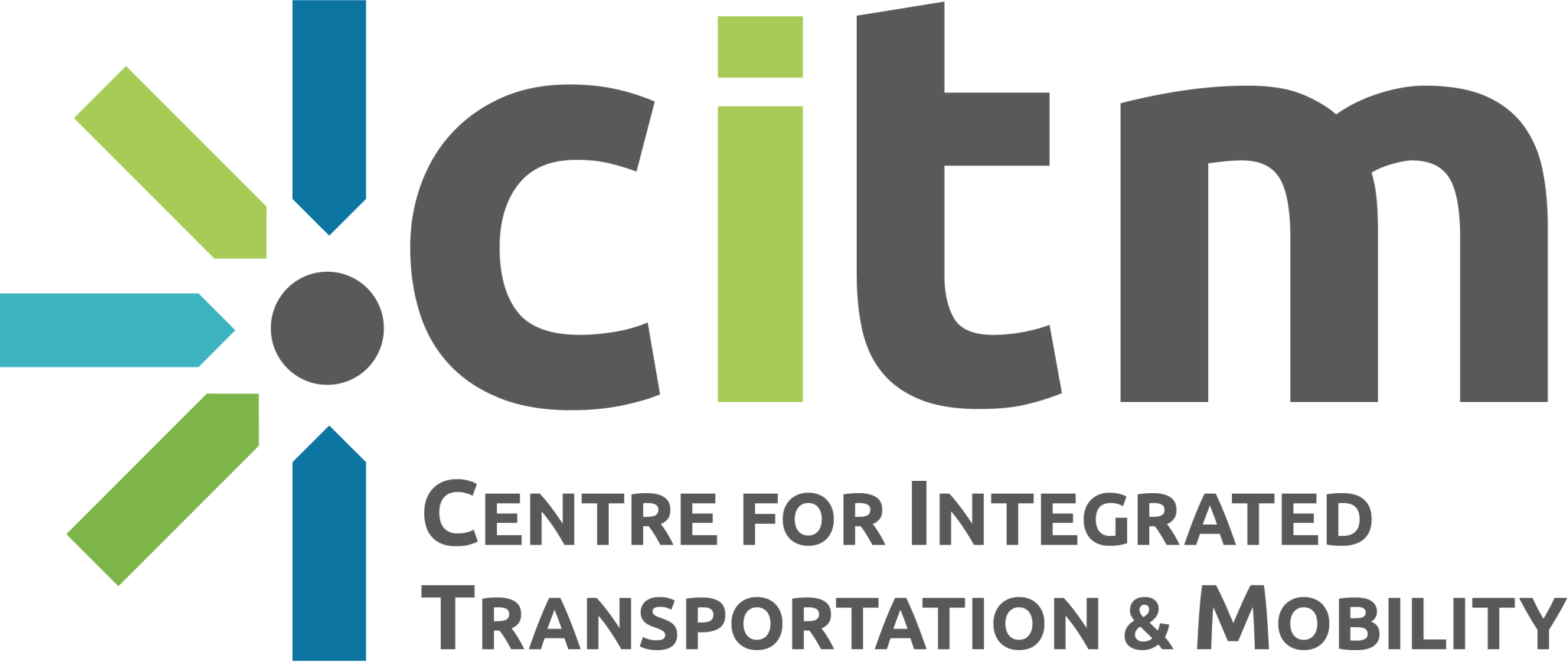Harmonize Mobility is a Canadian company focused on the future of transportation by providing thought leadership and solutions in three key areas: the development of a software platform for improving transit efficiency; global standards for sidewalk and curb transport, and education for urban planners and policy makers.
Founders

Bern Grush
Chief Innovation Officer

Jerry Boyer
Chief Operating Officer
Innovation Spotlight: Harmonize Mobility Inc.
Learn how Harmonize Mobility is creating the future it wants with its multi-faceted approach to technology solutions, developing standards, and delivering training and education specifically targeting urban planners and policy makers.

The Last Block: Towards an International Standard to Regulate & Manage Sidewalk Robots
Robotic sidewalk delivery is anticipated to change numerous aspects of operations and logistics within cities, including package and food delivery, sweeping, snow removal, surveillance, measurement, monitoring, and repositioning dockless scooters to where they can be recharged.
This whitepaper discusses three aspects of related technology:
- why robotic sidewalk delivery will arrive in our cities before driverless taxis do,
- risks and benefits that sidewalk robots will bring, and
- an international standard to help cities regulate and manage sidewalk robots.

Getting Ready for Sidewalk Robots: What's a Smart City to Do?
With the implementation and deployment of any new technology, standards are created to establish a framework for consistency as these solutions and services are developed, implemented, and deployed. This whitepaper focuses predominantly on sidewalk delivery robots, recognizing that it is an early introduction given the transition from non-automated to partially automated, and highly automated systems transporting goods and passengers within cities and towns.
Webinar: The Post-Pandemic Sidewalk and Curb: Competition, Technology, and Monetization
The Harmonize Mobility team is leading an international ISO project to develop a draft standard for managing autonomous vehicles on sidewalks and curbs. One of the critical outcomes of this project is the parallel development of two “Maturity Models” for urban readiness for these impending robotic technologies. The first is a six-layer Maturity Model for the deployment of service robots on sidewalks for package and food delivery, snow removal, sweeping, and other local, pedestrian-scale services.
This presentation will provide an overview of this effort, including: forces changing the economics of the sidewalk and curb; technology contributes to the problem and the solution, why sidewalk robotics will become pervasive long before robotic passenger vehicles, purpose and reason for developing the standard ISO 4448; (Successful) standardization initializes the best path to monetization; Urban readiness (maturity model) with sidewalk robots as an example, and how you can get involved.
Case Study: Harmonize Mobility and ISO/4448: preparing cities for sharing sidewalks with delivery robots
Harmonize Mobility is leading an intelligent transport systems project launched in early 2020 by the International Organization for Standardization (ISO) to develop a draft standard for managing autonomous vehicles on city sidewalks and curbs. Called “Sidewalk and curb operations for automated vehicles,” ISO/4448 aims to define the data and communications systems needed to organize and control the flow of automated vehicle traffic and is intended to provide regulatory guidance for municipalities to manage robotic vehicles transporting, loading and unloading their cargo on city streets, curbs and sidewalks.
These case studies aim to provide both a qualitative and quantitative focus including defining the municipal-level challenges of sidewalk and curb operations for automated vehicles, providing insight to the ISO/4448 standard, its key purposes as well as introduce maturity models to address the scaling demand and deployment of these technologies.








